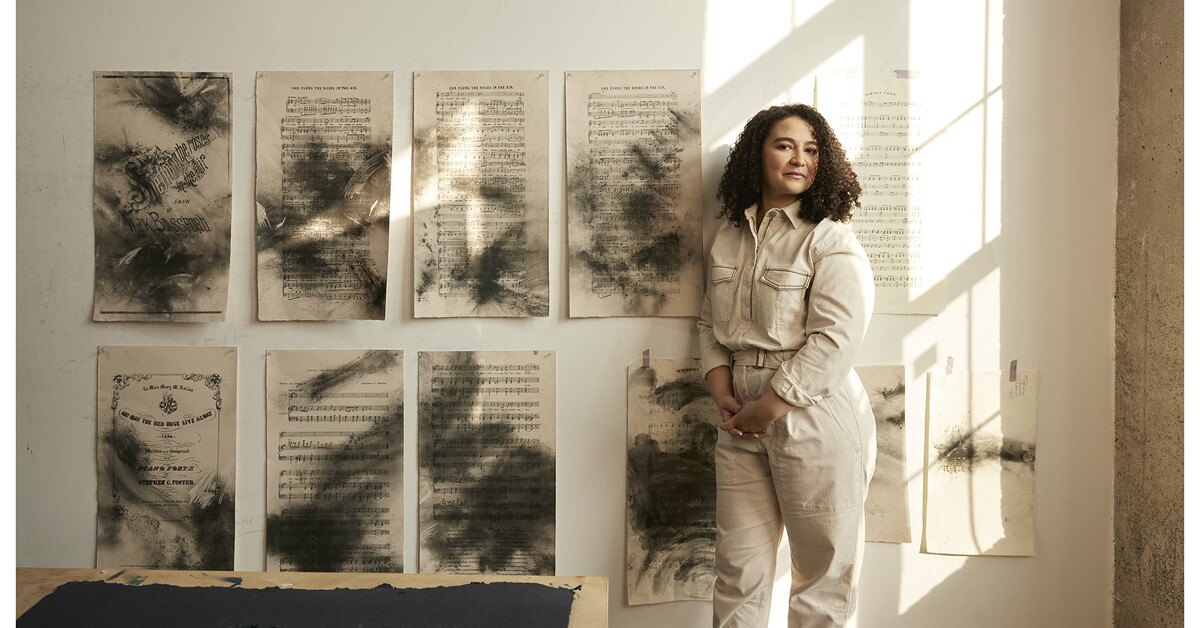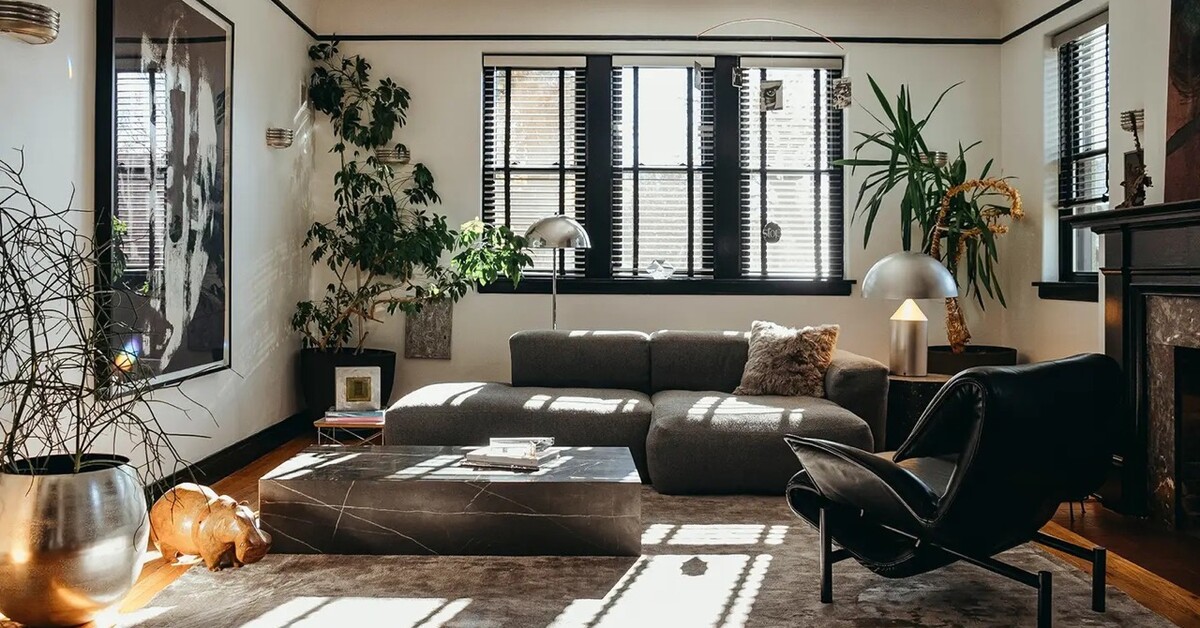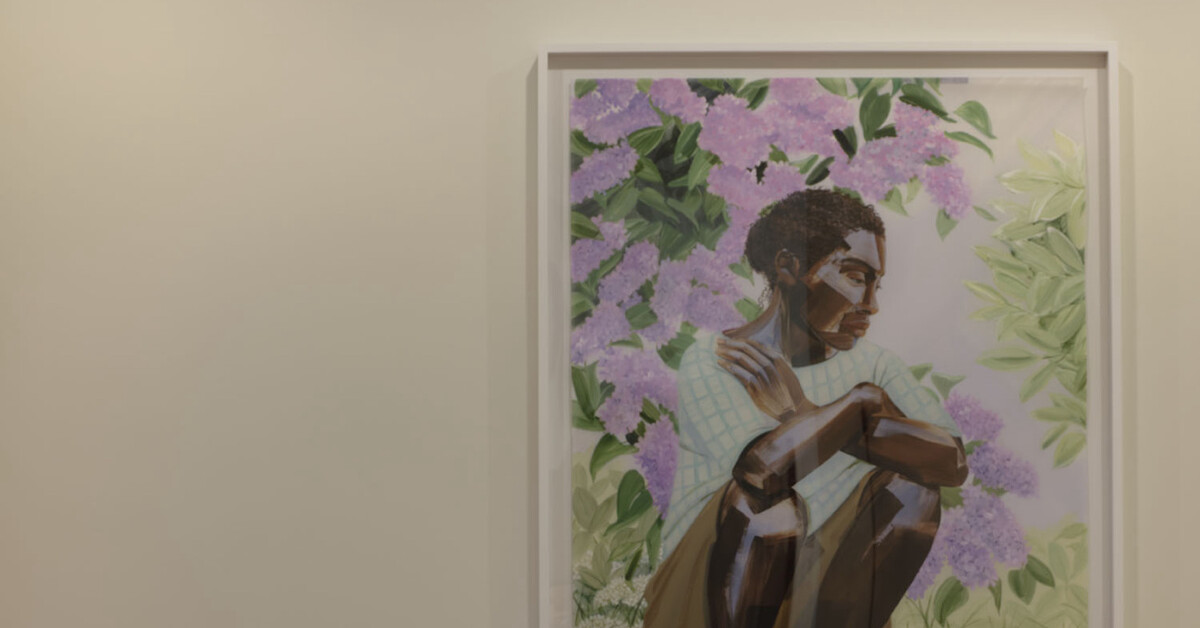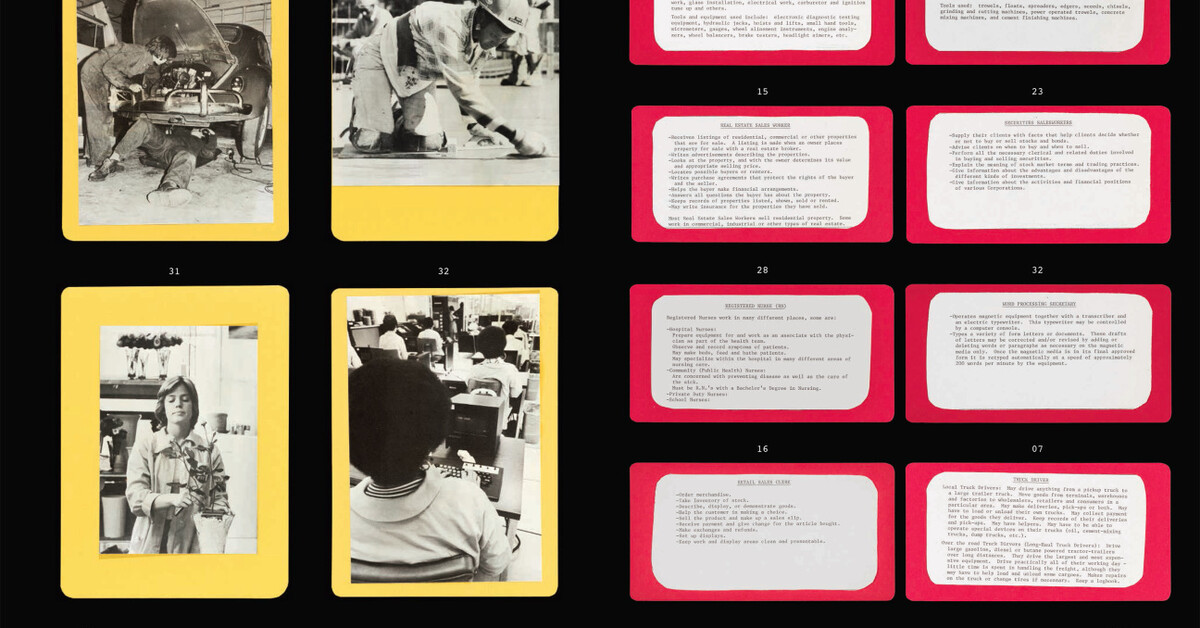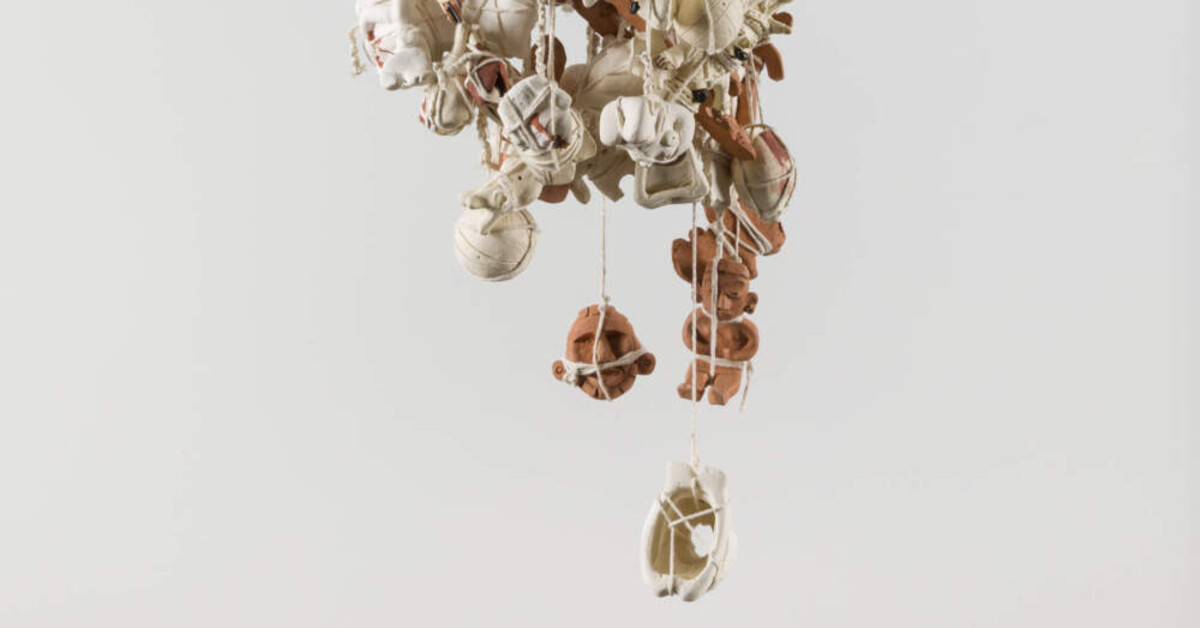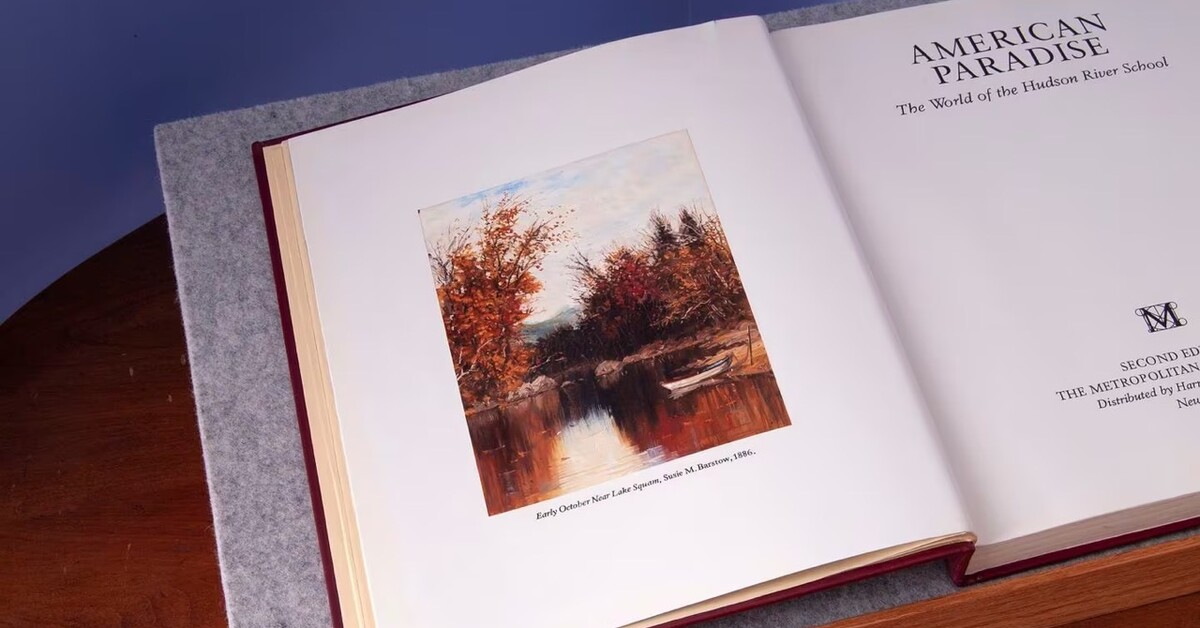Whitney Biennial Picks a ‘Dissonant Chorus’ of Artists to Probe Turbulent Times
The New York Times / Jan 25, 2024 / by Siddhartha Mitter / Go to Original
The last time the Whitney Biennial came around, in 2022, its production had been extended an extra year by the Covid pandemic, and the curators had to plan the exhibition and meet artists in virtual visits over Zoom.
To prepare for the 2024 Biennial — the latest iteration in the landmark exhibition of American contemporary art, which opens March 20 — this edition’s organizers, the Whitney Museum curators Chrissie Iles and Meg Onli, hit the road. They conducted some 200 studio visits around the country and well beyond. They visited scores of exhibitions and art events from the German mega-show Documenta 15 to the Carnegie International in Pittsburgh.
So this cycle has been, in one sense, more normal. But normal stops here. The drastic phase of the pandemic, with its restrictions, may have receded. But the landscape left in its wake is a panorama of compounding crises — and for artists, like everyone else, a period of high uncertainty and anxiety with the U.S. election looming.
As they moved around, Iles and Onli said in a joint interview at the museum, they felt ambient pressure everywhere, whether they were smelling smoke from the wildfires wafting over the freeways in Los Angeles — a reflection of land overuse and climate change — or hearing firsthand from women and L.G.B.T.Q artists the effect of the reversal of Roe v. Wade and the spread of laws undermining bodily autonomy.
“We understand we’re in a turbulent period, leading into another turbulent period,” Onli said. To make an exhibition under these conditions, she said, “the show had to be politically charged.”
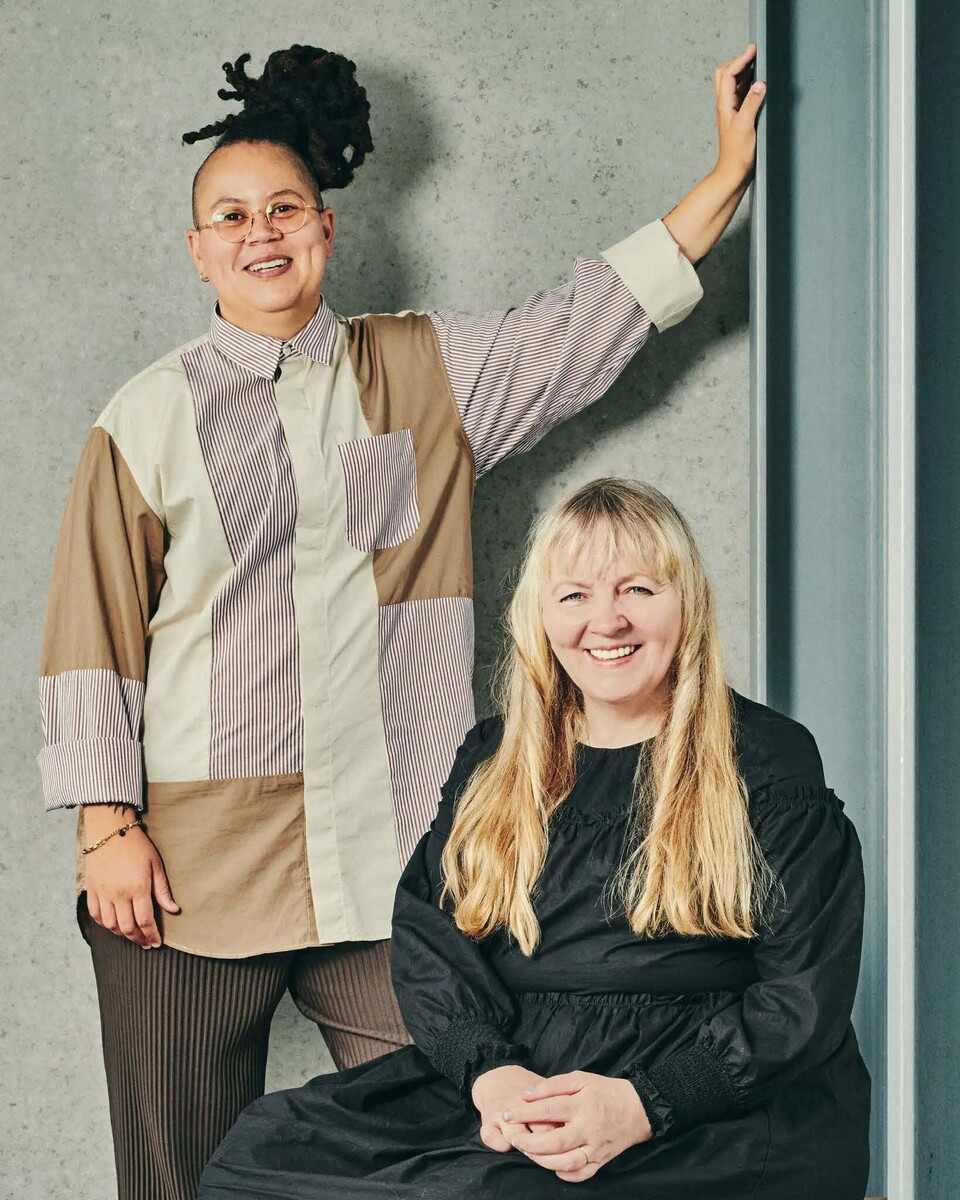
Meg Onli, left, and Chrissie Iles, the curators for the 2024 Whitney Biennial, madesome 200 studio visits.; Bryan Derballa
On Thursday the museum revealed the names of artists who will participate in the Biennial, titled “Even Better Than the Real Thing.” It is relatively compact, with 69 artists and two collectives spread across the gallery exhibition, the accompanying film and performance programs — and the global map: 20 of the artists, many filmmakers, live or work outside the United States.
For Iles and Onli, the focus is less on the state of American art than on America itself at a raw, vulnerable time. They were drawn to artists who explored how people carried and processed society’s wounds in their bodies and minds — and what creative regeneration that sparked.
As for the title, it is a kind of multipronged retort to the culture wars over what is “real” — from the rise of artificial intelligence to efforts to impose social and bodily conformity. “There’s a type of queer playfulness there,” Onli said of the offerings — an ironic humor that insists: “Of course we’re even better than the real!”
The group is diverse, as with recent biennials. There are two deceased artists, the Jamaican-born architecture-inspired painter Mavis Pusey, who died in 2019 at age 90 and the filmmaker Edward Owens, who died in 2010. There are five elders, born between 1941 and 1944: the trailblazing feminist artists Mary Kelly and Harmony Hammond; celebrated Black abstract painters Mary Lovelace O’Neal and Suzanne Jackson; and the trans sculptor and performer Pippa Garner. The show otherwise skews younger: 17 of the 42 artists in the main galleries were born in the 1980s, and nine of them in the 1990s.
Not surprisingly New York City is well represented: 13 artists in the galleries and seven in the film and performance programs live here. Twelve artists in total are based in Los Angeles. Four, as it turns out, live in New Mexico: Hammond, who moved there in the 1980s; the Indigenous artists Rose B. Simpson and Cannupa Hanska Luger; and the painter Maja Ruznic, who was born in Bosnia and is influenced by mysticism and psychoanalysis.
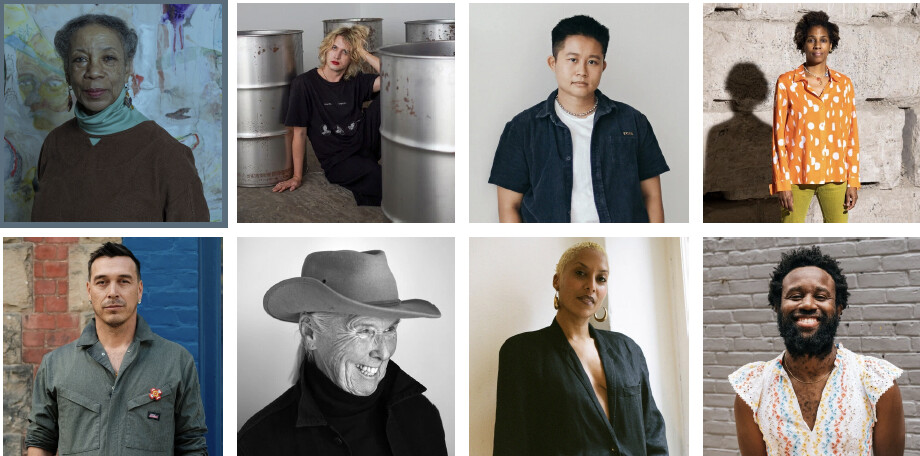
From top, left to right: Suzanne Jackson, P. Staff, Jes Fan, Karyn Olivier, Cannupa; Hanska Luger, Harmony Hammond, Ligia Lewis and JJJJJerome Ellis.
The film and performance programs — organized by the invited curators asinnajaq, Korakrit Arunanondchai, Zakary Drucker, Greg de Cuir, Jr. and Taja Cheek — include works by Southeast Asian filmmakers that contend with America’s broad cultural and political reach, and by Indigenous moviemakers of Sami, Inuit, Mongolian and Native American origins that aim for exchanges beyond colonial borders.
Few artists are celebrities or market stars. Perhaps the most prominent is the director Isaac Julien, whose lush five-screen installation “Once Again … (Statues Never Die),” premiered at the Barnes Foundation in 2022. It examined issues surrounding African art objects in Western collections and will have its New York debut at the Whitney.
In brief telephone interviews, several artists described the work they will present.
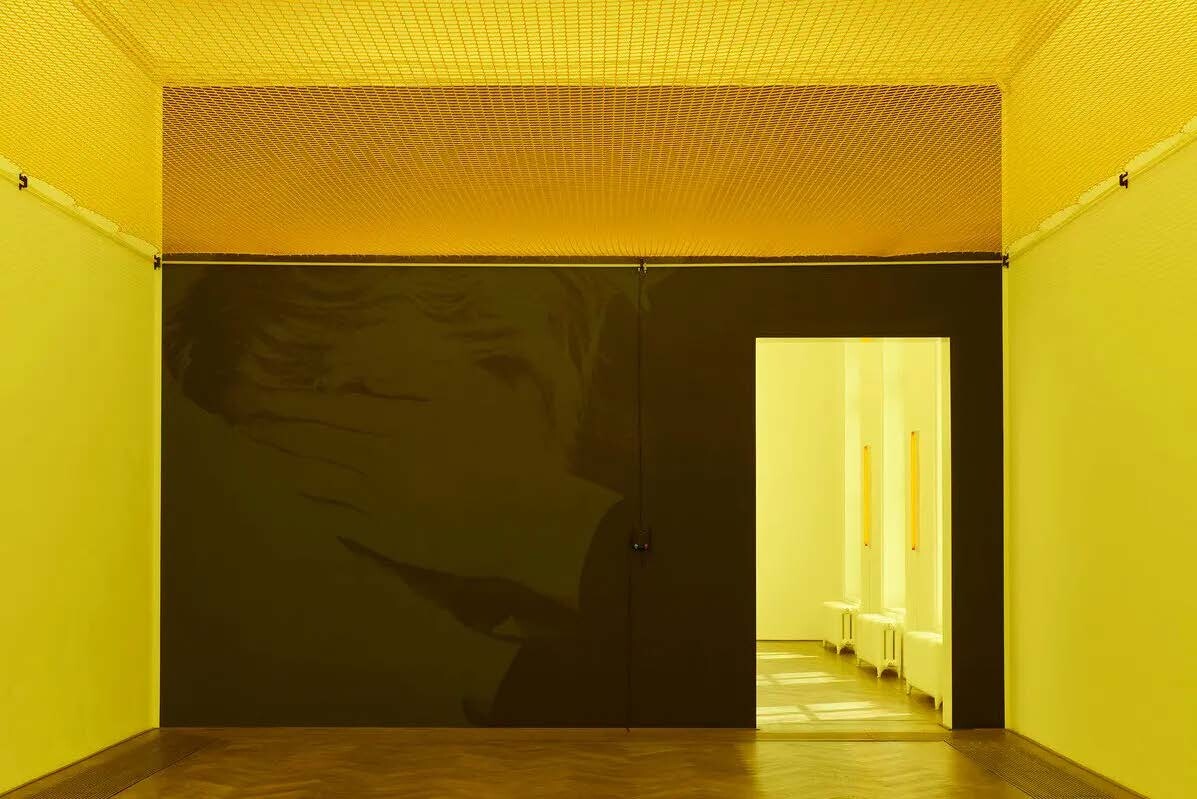
Installation detail of “In Ekstase,” by P. Staff at Kunsthalle Basel in 2023. It shows “Afferent Nerves” — an installation of electrified wire netting above the galleryspace — and “À Travers Le Mal,” a digital print wallpaper. They will appear in the Whitney Biennial.; via P. Staff and Kunsthalle Basel; Photo by Philipp Hänger
The artist P. Staff, based in Los Angeles and in London, has one of the more spectacular, jolting works: “Afferent Nerves,” a large installation in which viewers will walk under electrified netting, out of reach but “somewhat audibly” crackling. The area is bathed in a yellow neon light. The intention, the artist said, is to create a sense of “choreographed danger” that heightens a visitor’s awareness of the art, and perhaps their own sense of safety.
The New York-based sculptor Jes Fan makes disquieting work in another register: He had a CT scan made of his body, then 3-D printed various organs, and carved and sanded the resulting forms. The inspiration is a type of tree in Hong Kong, whereFan grew up, that is aggressively cut or infected by fungi in order to yield a prized incense.
The sculptures are part of a series, “Sites of Wounding,” in which Fan explores how organisms, while accruing trauma, “can generate something meaningful, some kind of regeneration that happens in the formation of the scar,” which he relates to the human condition.
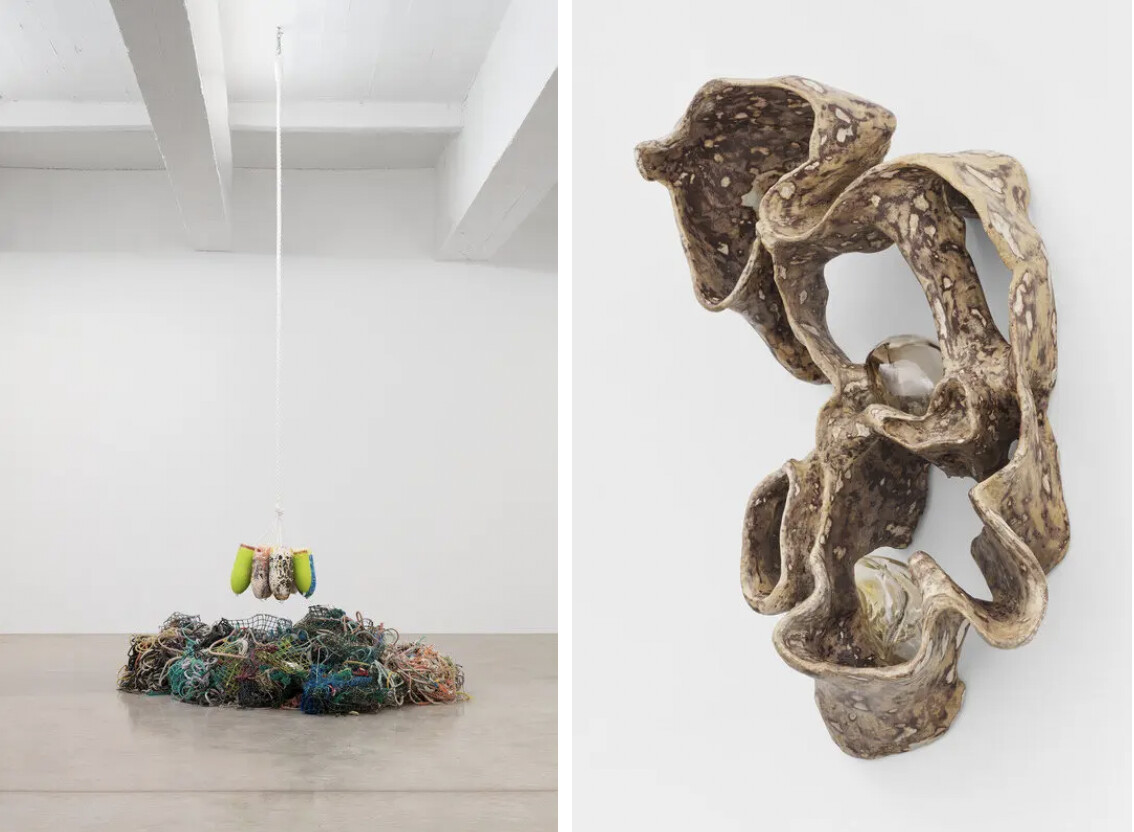
(LEFT) In “How Many Ways Can You Disappear” (2021), Karyn Olivier uses rope,salt, lobster traps and washed-up buoys, collected in Maine, to evokemetaphors of migration and displacement.; via Karyn Olivier and Tanya BonakdarGallery, New York and Los Angeles; Photo by Pierre Le Hors | (RIGHT) Jes Fan, “Cross Section (Right Leg Muscle II),” from the series “Sites ofWounding II.” Fan, who often works with glass, resin and biological materials,made 3-D prints of sections of his body based on a CT scan, then carved andscraped into them, inspired by trees in his native Hong Kong that yield a prizedresin only through a traumatic tapping process.; Jes Fan; via Empty Gallery, HongKong,and Andrew Kreps Gallery, New York
The Philadelphia-based artist Karyn Olivier, known for work that responds to historical monuments and for public art —most recently at Newark Airport’s Terminal A — is showing her “more intimate, quiet sculptures.” In one, “How Many WaysCan You Disappear,” she includes tangles of fishing net, rope and buoys; another is made from washed-ashore driftwood and discarded clothing fragments.
Olivier said she feels herself processing the upheavals and losses of the pandemic period. “They are almost a metaphoric attempt at a solution,” said the Trinidad-born artist — and rich with allusions to migration, displacement and her Caribbean origins.
Some messages are blunter. Luger, who was born in North Dakota on the Standing Rock Reservation, and lives in NewMexico, is installing a full-size tipi — upside-down. “It’s a signal that the way we are going as a species is inverted,” he said.
In “The Last Safe Abortion,” the artist Carmen Winant of Columbus, Ohio — who describes herself as a “lapsed photographer” working through collage and installation — offers a perspective on the lives of abortion care workers in theMidwest, drawn from thousands of snapshots, largely sourced from clinics. The views are of the mundane work — meetings, desk work, answering phones. “It’s not about abortion at the 30,000 foot ideological level,” Winant said. “It’s about the human beings who make it go.”
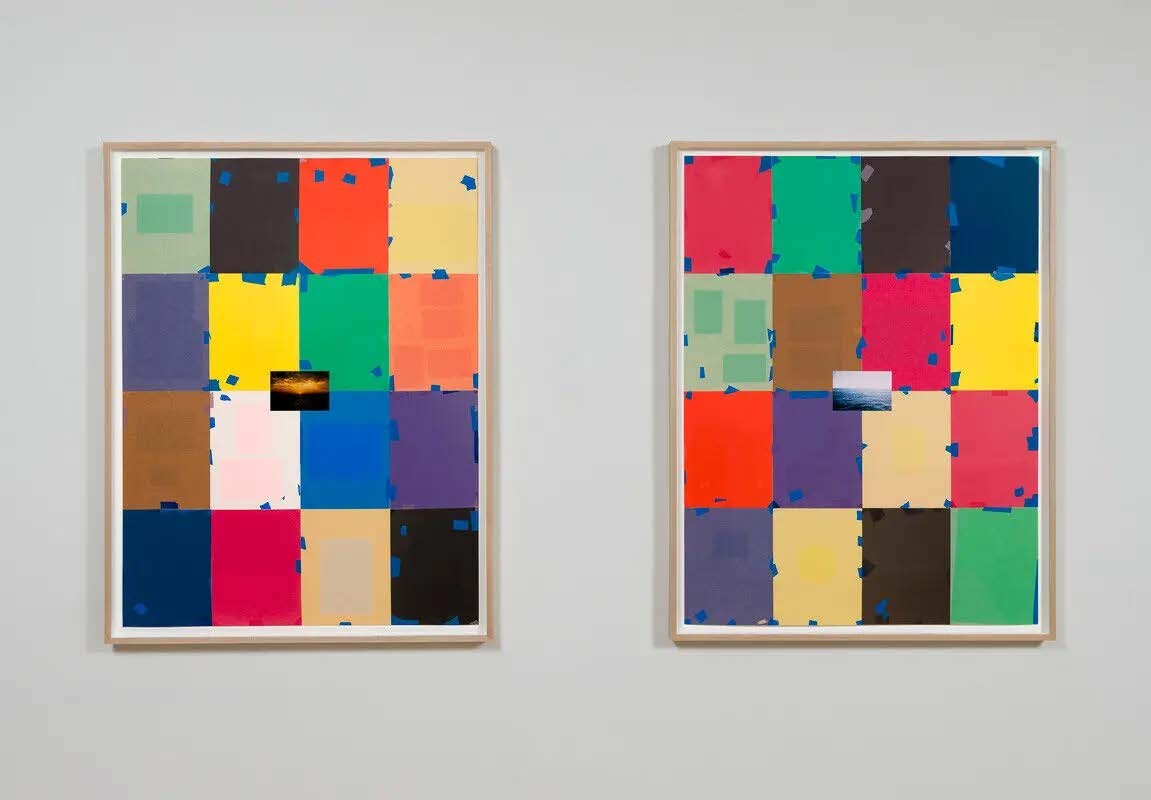
Carmen Winant, “Women’s blueprint for survival I and II” (2022). This installation of inkjet prints and sun-bleached construction paper gathers records fromarchives of domestic violence support organizations. In the Whitney Biennial, Winant is also showing “The Last Safe Abortion,” with thousands of snapshots ofabortion care workers in offices or meetings.; Carmen Winant
The post-Roe climate has heightened the stakes for Winant, whose projects have also celebrated birthing care and domestic-violence care workers. Some clinics where she photographed have closed. “I’ve always felt ambivalent about what art can doin terms of political impact and efficacy,” she said. “But as I worked on this project I increasingly felt that it was my imperative.”
For the older artists in the Biennial, if recognition is coming late it is certainly welcome. “This is not something I ever expected at my age,” said Jackson, who ran a noted but short-lived Black artist space in Los Angeles in the late-1960s and now lives in Savannah, Ga.
Included in the survey are her hanging abstract acrylic paintings without stretcher bars. “They’re living structures that are pure paint,” she said, inviting viewers into a kind of dance.

(LEFT) Suzanne Jackson, “Rag-to-Wobble,” 2020, one of her hanging abstractacrylic paintings without stretcher bars. “They’re living structures,” theartist said.; via Suzanne Jackson and Ortuzar Projects, New York. | (RIGHT) Harmony Hammond, “Black Cross II,” 2020–21. Oil and mixed media oncanvas. Seeping through the layers of her abstract paintings, Hammond said,are “voices that have been buried.”; via Harmony Hammond and Alexander GrayAssociates, New York
Hammond, a figure in the New York feminist scene in the 1970s, was featured at the Whitney but long overlooked by theBiennial. “I just kept working,” she said from her home in Galisteo, N.M.
Her recent output includes thick-layered paintings, sometimes incorporating straps, grommets or quilt covers, with patches and slits that evoke women’s bodies, labor and wounds. In the colors that seep through the layers, Hammond said, she summons “voices that have been buried underneath the surfaces, and that are asserting themselves.” As they organized their show, Onli and Iles brought some artists into the process as partners, breaking with the secrecy that often attends Biennial preparations.
One was JJJJJerome Ellis, an artist and performer in Norfolk, Va., whose work (and name) explores the condition of stuttering. Collaborating with four other people who stutter, Ellis led the development of a text-driven billboard facing Gansevoort Street in Spanish, Mandarin and English in which the dysfluencies in stuttering — repetitions, prolonged sounds, blocks or pauses — are represented by typographical symbols.
Ellis will also produce a score for the Biennial whose form will be determined once the exhibition is installed.
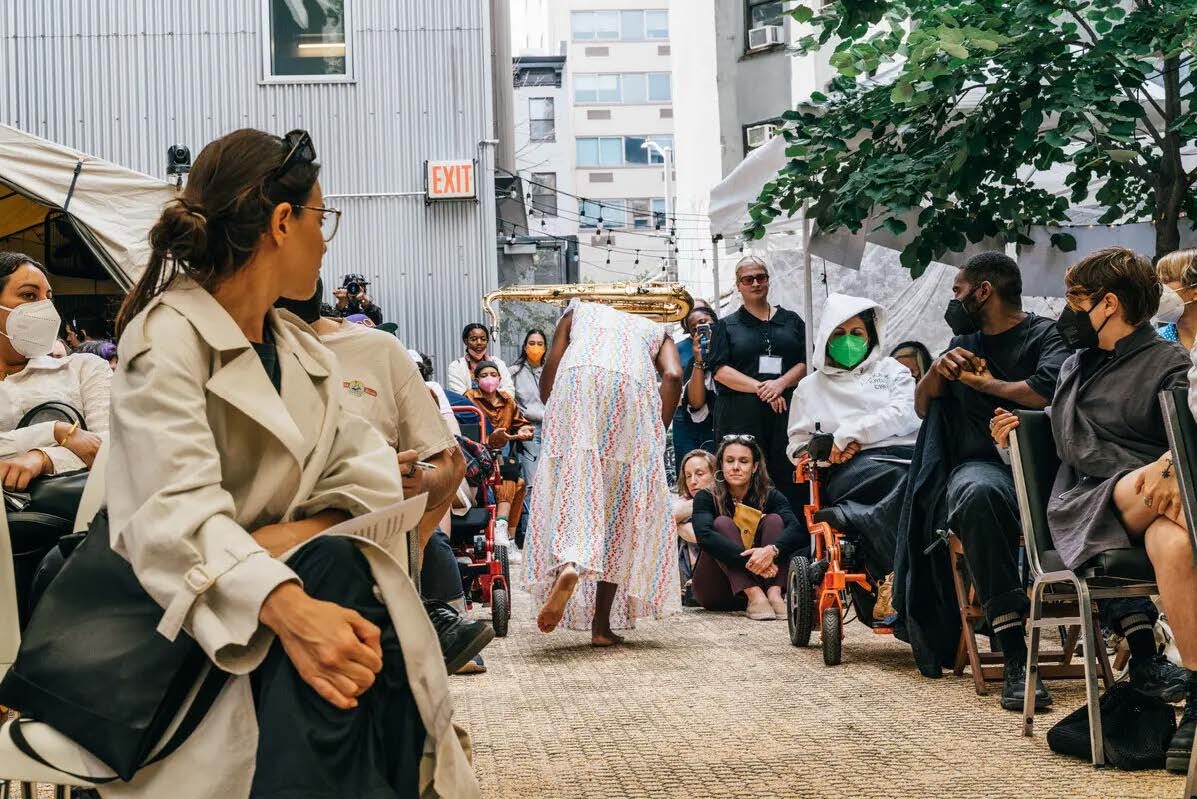
JJJJJerome Ellis playing the saxophone at Performance Space, New York, 2023.; Annie Forrest
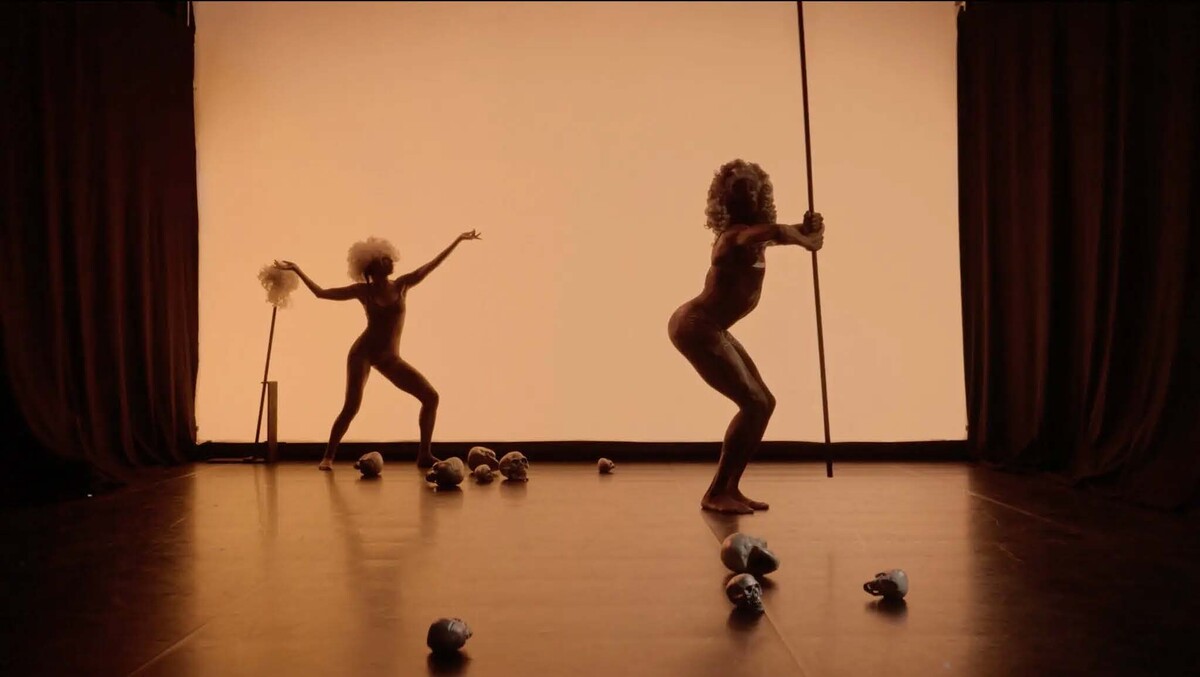
Ligia Lewis, still from the dance-based installation, “A Plot A Scandal” (2023) that is coming to the Whitney Biennial.; Ligia Lewis
The Berlin-based artist and choreographer Ligia Lewis is presenting a dance-based film installation, “A Plot A Scandal” in the galleries — its subjects include the philosopher John Locke, the Cuban antislavery revolutionary José Antonio Aponte, and Lewis’s own maternal ancestors in the Dominican Republic. It was Lewis who came up with a metaphor that the curators found inspiring to describe their Biennial: a “dissonant chorus.”
As they install the survey, the curators said they aim to create a show that breathes and flows while honoring that dissonance. “What does it mean to be in the middle of that chorus as a viewer,” Iles said, “listening as well as seeing?”

